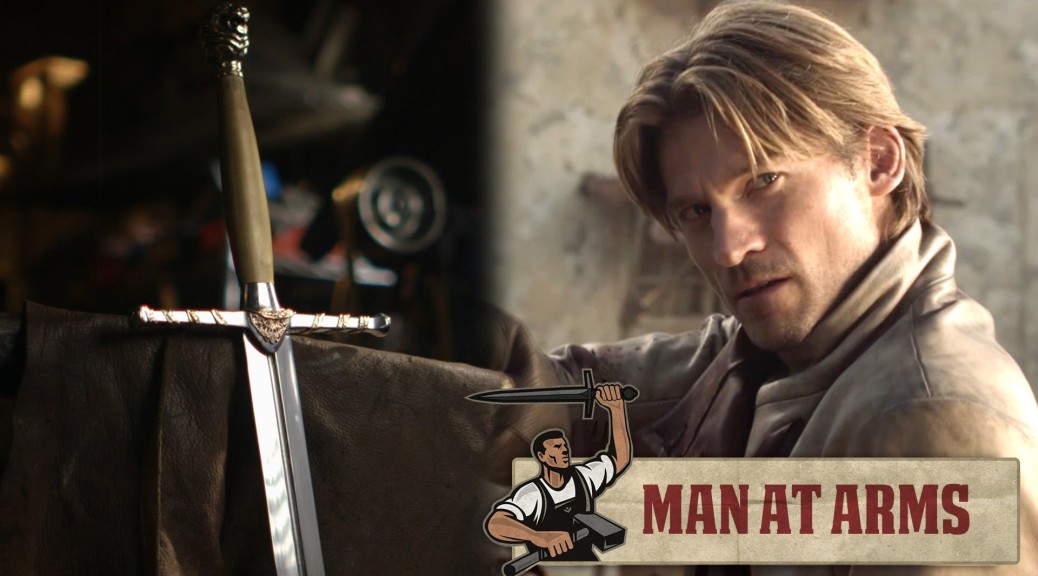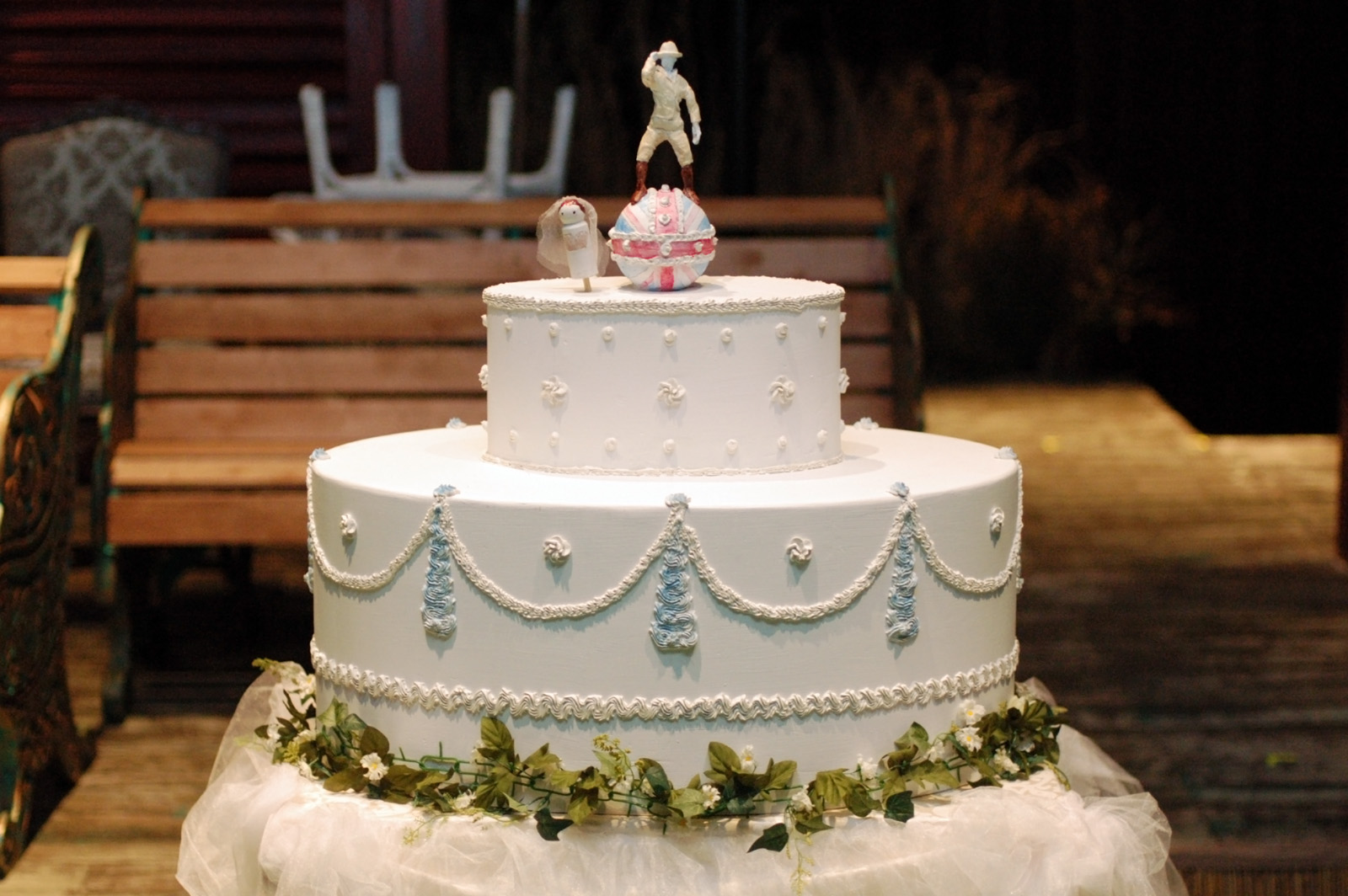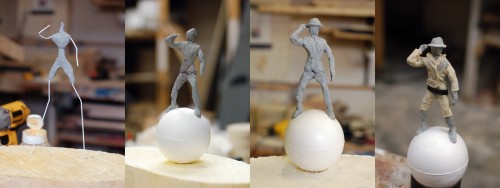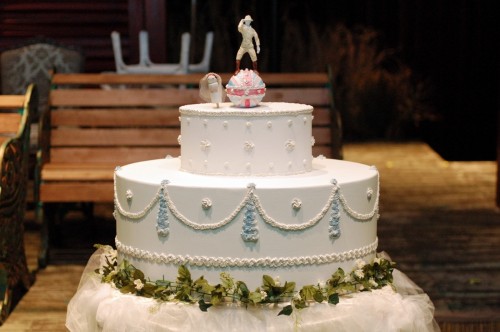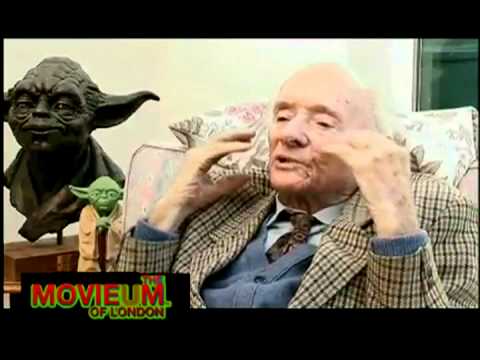Make Magazine has a great slideshow on “Ten Tips for Drilling Better Holes“. It is a good reminder that even seemingly simple tasks can have a lot of considerations in achieving a good result. While I would not take anything off the list they present, I would add one: be sure the drill bit will not hit your hand as it exits the other side of the material (or if it slips off).
I saw this over at La Bricoleuse and had to share: it’s a Rit Dye color chart. Choose the color you want, and it will tell you which Rit dye or combination of dyes will give you that color. Now, a lot of other factors go into achieving certain colors on particular fabrics, and Rit is not the best dye for all types of fabrics, but it is readily available at most local stores and easy to work with in a pinch, and this chart is a good starting point for many colors.
I just stumbled on a cool blog called the “Creaturiste’s Labatory”. He has a post on oil clay vs water clay in terms of sculpting, though many of the other posts are useful and interesting as well.
This is pretty cool: The official licensed replicas of props from Doctor Who are being manufactured by the same prop maker who builds them for the show.
Finally, here is a very cool video of Tony Swatton forging one of the swords from the series Game of Thrones. He has a number of videos showing the making of other weapons as well. It’s amazing to see the mix of tools and techniques he uses for hand-forging custom weapons at the pace which the entertainment industry requires. Though he mainly does film, TV and theme parks, I’ve heard his name mentioned in theatrical circles as well.

